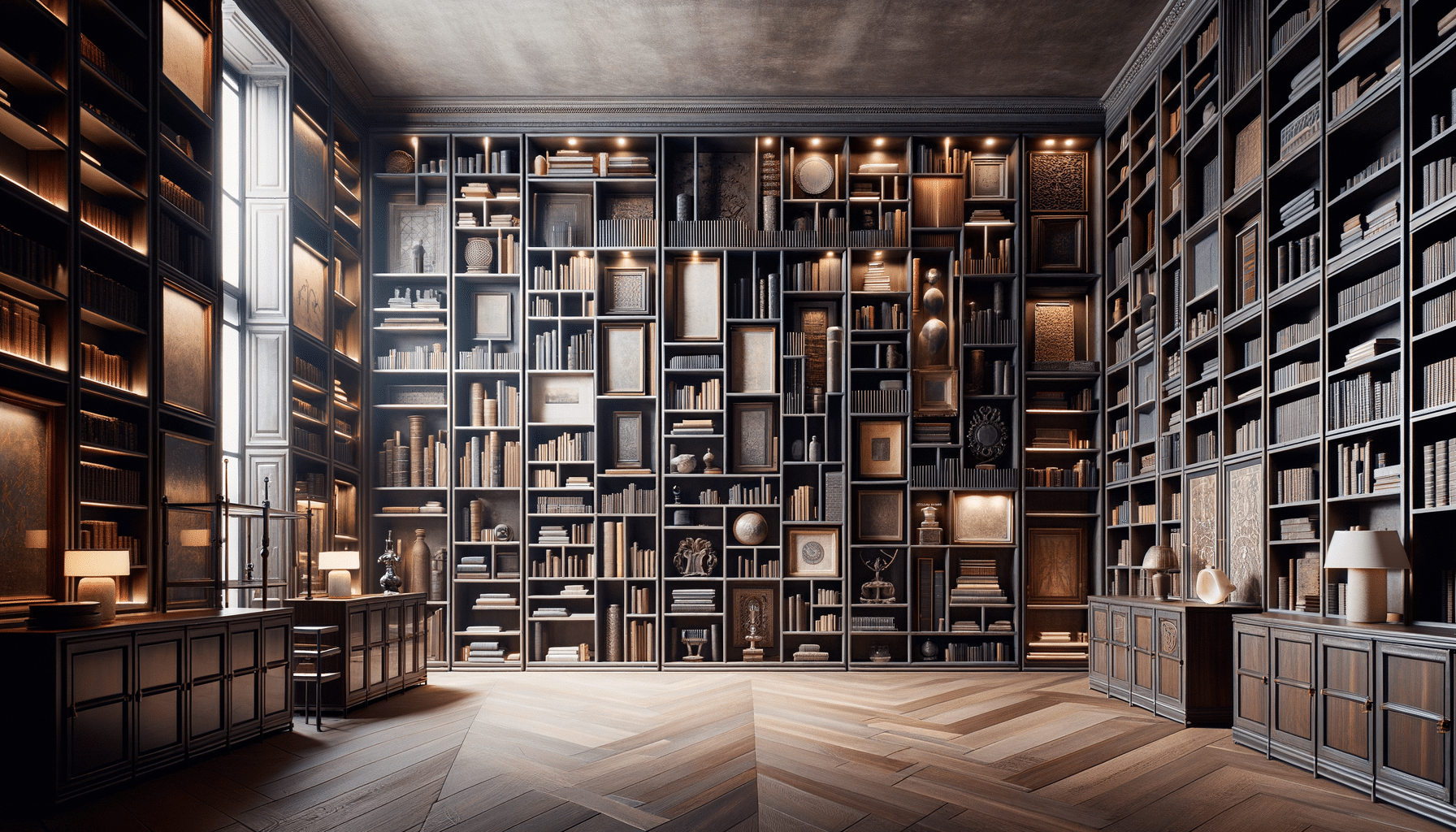Exploring the World of Bookcases: Functionality Meets Style
Discover the multifaceted role of bookcases in modern interiors, offering both functionality and style.

The Evolution of Bookcases
Bookcases have come a long way from their humble beginnings as simple wooden shelves. Originally designed to house books, these furniture pieces have evolved to accommodate a variety of items, reflecting changes in lifestyle and interior design trends. In ancient times, bookcases were primarily found in libraries and were often grand structures made from rich woods. As literacy spread and books became more common, the need for bookcases in homes increased.
Today, bookcases are not only functional but also serve as a reflection of personal style. They are crafted from a range of materials including metal, glass, and composite materials, providing options that suit different aesthetic preferences and practical needs. The evolution of bookcases mirrors the broader trends in furniture design, where functionality and style are equally prioritized. This transformation has allowed bookcases to become versatile pieces that can enhance the ambiance of any room.
Types of Bookcases for Every Space
When selecting a bookcase, it’s essential to consider the space it will occupy and the items it will hold. There are several types of bookcases, each designed to cater to specific needs and spaces:
- Standard Bookcases: These are the most common type, featuring a simple, open design that can fit into almost any room.
- Corner Bookcases: Perfect for maximizing space in smaller rooms, corner bookcases make efficient use of often-overlooked corners.
- Ladder Bookcases: With their unique leaning design, ladder bookcases offer a modern look and are ideal for displaying decorative items alongside books.
- Wall-Mounted Bookcases: These save floor space and can be customized to fit the exact dimensions of a wall.
Each type of bookcase offers its own set of advantages, allowing homeowners to choose based on their specific needs and the overall design of their home. Whether you need a compact solution for a small apartment or a grand display for a home library, there is a bookcase to meet your needs.
Materials and Design Trends
The materials used in bookcase construction have diversified over the years, aligning with design trends and consumer preferences. Wood remains a popular choice due to its durability and timeless appeal. However, modern bookcases also incorporate materials like metal and glass to create sleek, contemporary designs.
Current design trends emphasize minimalism and functionality. Bookcases with clean lines and simple forms are in high demand, as they blend seamlessly with modern interiors. Additionally, eco-conscious consumers are increasingly opting for bookcases made from sustainable materials or those that feature recycled components.
Designers are also experimenting with color and finish to make bookcases focal points in a room. Bold colors or unique finishes can transform a bookcase from a simple storage solution to a statement piece. These trends reflect a broader shift towards personalized and sustainable home furnishings.
Bookcases as Multifunctional Furniture
In today’s homes, bookcases often serve multiple purposes beyond storing books. They can act as room dividers, providing a sense of separation in open-plan spaces without the need for walls. This multifunctional use is particularly valuable in small apartments where space is at a premium.
Bookcases can also be used to display decorative items, family photos, and art pieces, turning them into a showcase of personal taste and style. Some designs even incorporate features like built-in desks or cabinets, further enhancing their utility.
By choosing a bookcase that offers additional functionality, homeowners can maximize their space while maintaining an organized and aesthetically pleasing environment. This adaptability makes bookcases a smart investment for any home.
Tips for Choosing the Right Bookcase
Selecting the right bookcase involves considering several factors to ensure it meets both practical needs and aesthetic preferences. Here are some tips to guide you:
- Measure Your Space: Before purchasing, measure the area where the bookcase will be placed to ensure it fits comfortably.
- Consider the Weight Capacity: If you plan to store heavy items, ensure the bookcase is sturdy enough to support the weight.
- Think About Style: Choose a bookcase that complements the existing decor of your room.
- Plan for Future Needs: Consider whether you might need additional storage space in the future, and choose a bookcase that can accommodate growth.
By taking these factors into account, you can select a bookcase that not only fulfills your current needs but also adapts to future changes in your home.